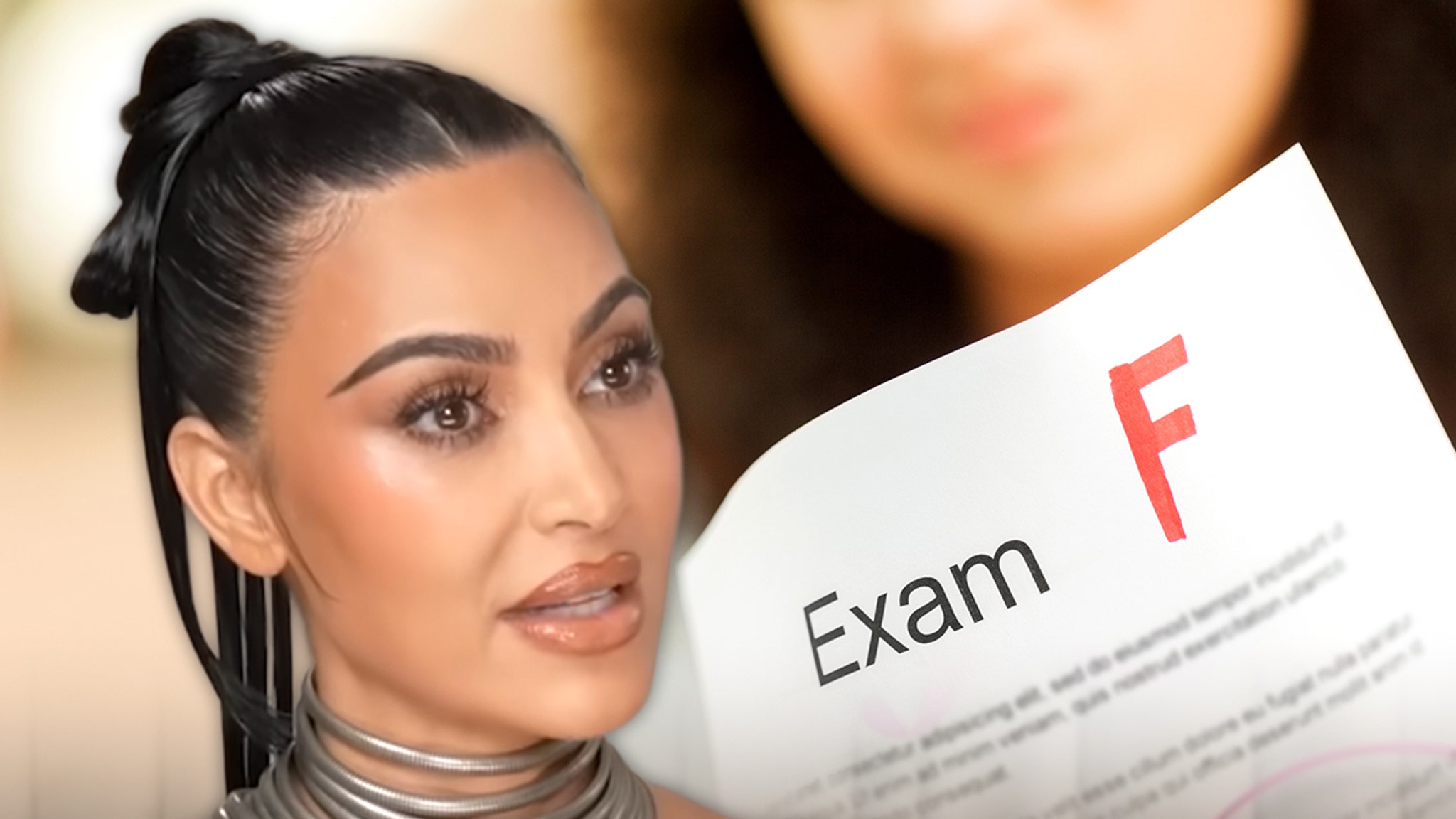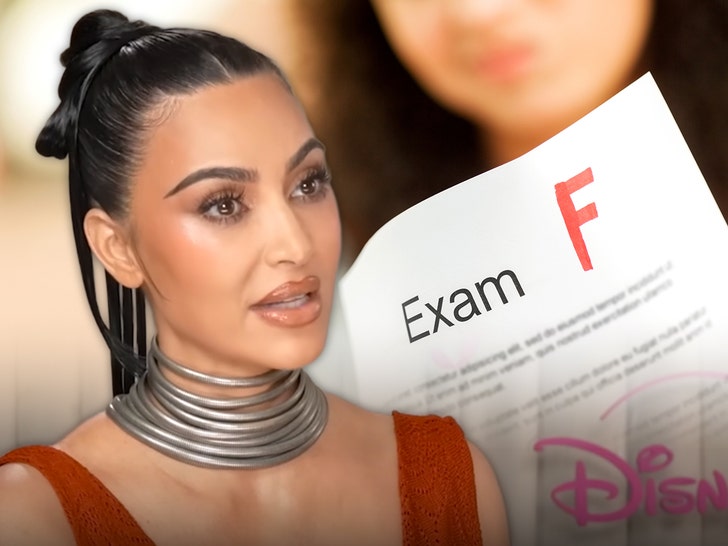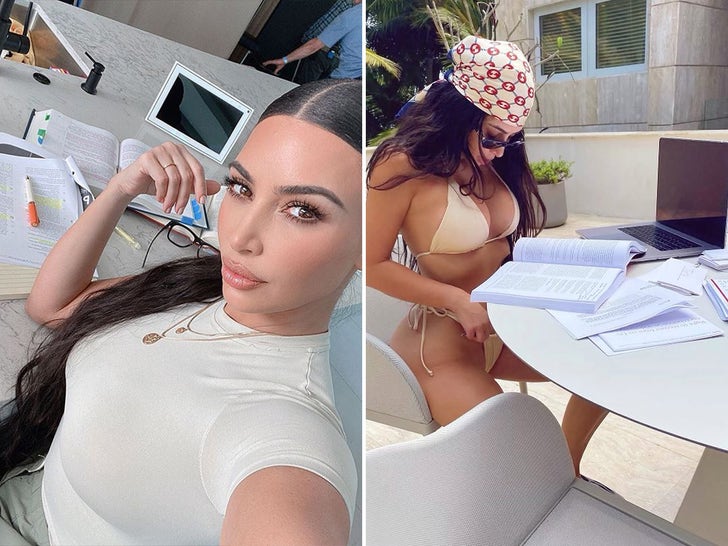Entertainment
Kim Kardashian ‘Bummed’ and Frustrated About Failing Bar Exam

Kim Kardashian
‘Bummed’ About Failing Bar Exam
… I’ll Get it Next Time!
Published
Kim Kardashian says she’s “bummed” and frustrated about failing the California Bar exam her first time around — but is doubling down that she’s not giving up.
Check out her latest interview with Niecy Nash to promote their Hulu series “All’s Fair” — she tells journalist Martha Debayle that while it’s a major downer all her hard work preparing for the exam didn’t pay off, she’s using this as motivation to do better.
Plus, she says she’s someone who believes in timing, and although it wasn’t her time to officially become a lawyer this month … she knows it will happen “soon.”
And get this — Kim reveals even before she knew the results of her bar, she went home and immediately began studying and writing essays to keep her knowledge fresh. She adds she “loves being extremely disciplined” … so it makes sense!
As you know, Kim announced she was starting a four-year law apprenticeship in 2019 and has been working her famous derrière off ever since. She’s been open about the highs and lows of her journey … even letting fans know she failed the “baby bar” 3 times before passing in 2021.
Waiting for your permission to load the Instagram Media.
She even documented the immense stress she was under leading up to the big test in an Instagram video she posted this week that showed her crying under pressure.
We told you earlier this month after the busy mom of 4 failed her exam that she wanted to let fans know because she’s been so frank about the process … and it seems she’s continuing on that track.
You’ll get ’em next time, Kim!












